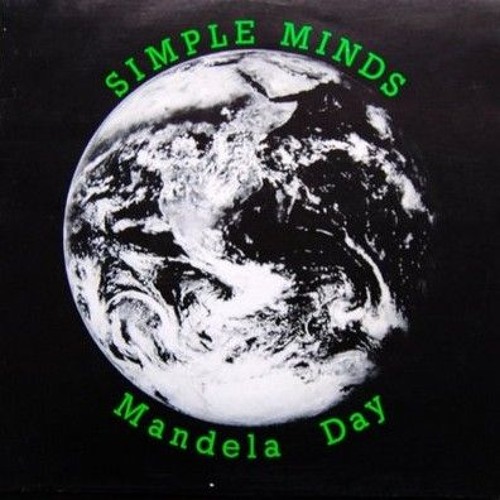Indigo Girls |
 |
Released: February 28, 1989 Peak: 22 US, -- UK, -- CN, 64 AU Sales (in millions): 2.0 US, -- UK, 2.0 world (includes US and UK) Genre: folk rock |
Tracks: Song Title (Writers) [time] (date of single release, chart peaks) Click for codes to singles charts.
Total Running Time: 44:36 The Players:
|
Rating: 4.097 out of 5.00 (average of 19 ratings)
Awards: (Click on award to learn more). |
About the Album: With their second studio album, but “first major label release, the Indigo Girls come on strong with an outstanding batch of tunes, watertight harmonies, impeccable musicianship, and flawless production.” KM “Crisp guitar work and haunting harmonies became the stock-in-trade of this powerful duo of "girls with guitars.’” LS The duo “followed the lead of such greats as Laura Nyro and Joni Mitchell…[and] pumped social conscience and self-esteem into ringing acoustic anthems.” LS “Entering the folk-rock music scene on the successful heels of R.E.M., Tracy Chapman, and 10,000 Maniacs,” KM the pair’s music was perfectly timed to “catch the rising tide of feminist rock.” LS Such timing “pushed their sales over the million mark and earned the duo a Grammy for Best Folk Recording” KM as well as a nomination for Best New Act. “The eponymous release kicks off with the upbeat jangle bounce of Closer to Fine, a modest hit, all-time fan favorite written by Emily Saliers, and a tune the Girls still play at every concert. A particularly fascinating point is that the Indigo Girls never write songs together, but they compliment each other perfectly.” KM “The difference in styles becomes immediately apparent when the more dark and brooding Amy Ray steps up. Her remarkable contributions include Secure Yourself, Kid Fears, and Blood and Fire, spiritual ruminations of life, love, pain, and faith which bury themselves deep inside your core whether invited or not.” KM “Weighting the opposite scales, Saliers offers a tender balance to Ray with two beautiful ballads, Love's Recovery and History of Us. (Ray's Land of Canaan was once a ballad, but then she heard the Replacements and it became a bit of a rocker.) Chiming in with musical support are Hothouse Flowers, Luka Bloom, and fellow Georgians R.E.M.” KM “This self-titled release captures the passion of their youth with voices that are a little cloudy, untamed, and raw, but the power that surges through them suggests a maturity far beyond their years.” KM “The songs on this CD resound with a profound sense of honesty and raw emotion.” LS “The same can be said of the songwriting – sheer poetry. To attempt examinations of these songs would not do them justice, for the layers of meaning and emotion unfold best upon repeated listening.” KM Notes: A 2000 reissue added live versions of “Land of Canaan” and “Center Stage.” |
Resources and Related Links:
Other Related DMDB Pages: First posted 3/24/2008; last updated 8/22/2021. |









